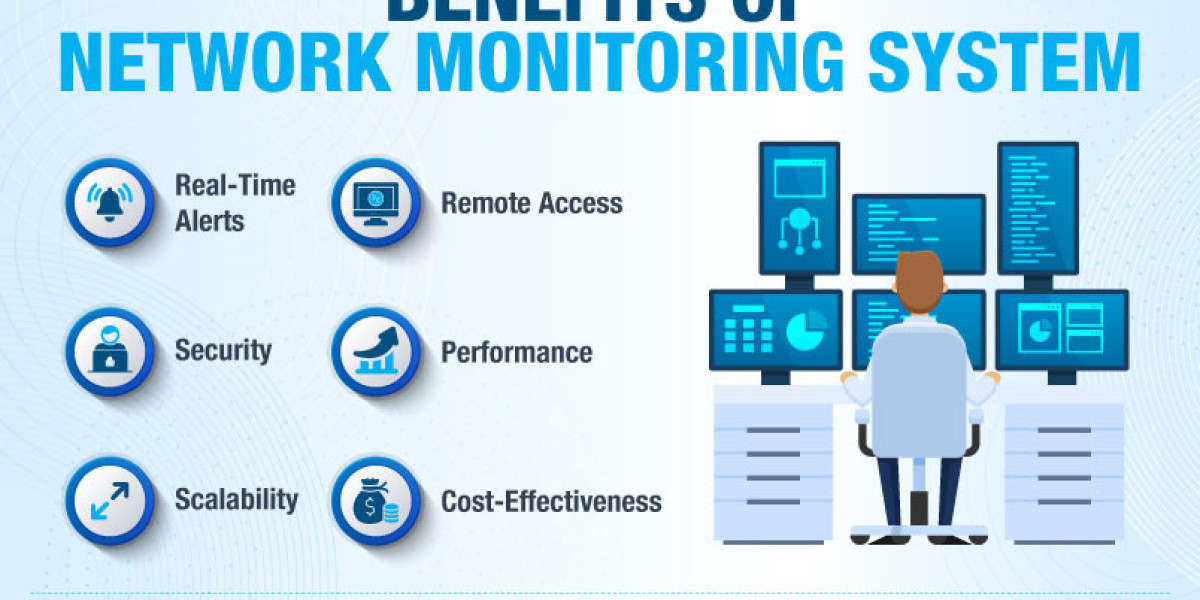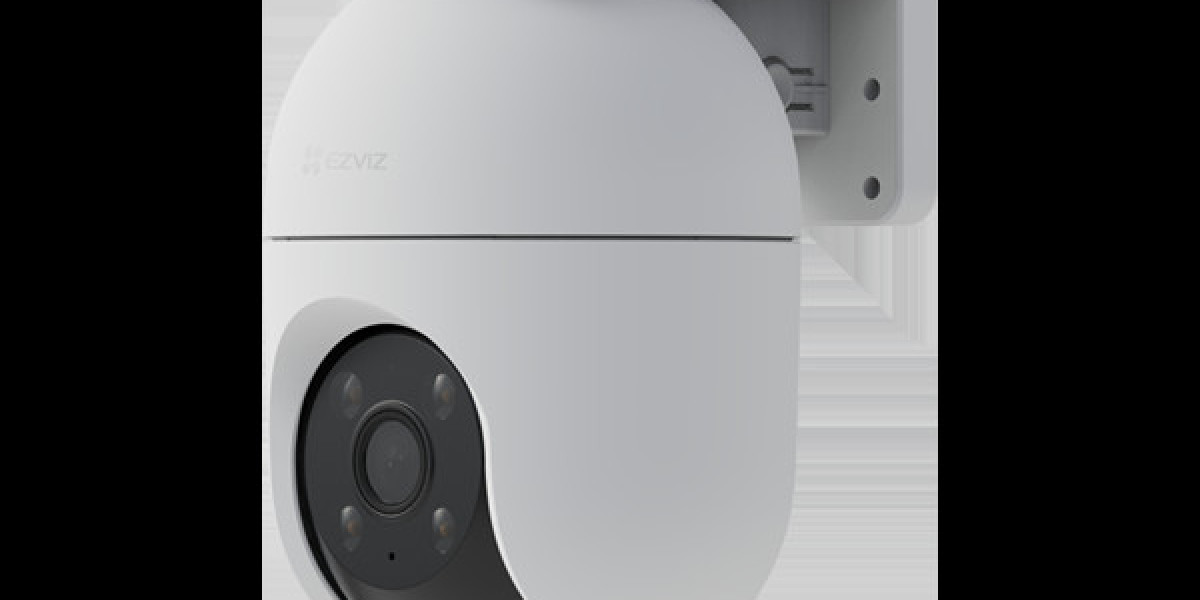In today's interconnected world, businesses and organizations heavily rely on their networks to drive operations, communicate with clients, and manage data. As networks become more complex, ensuring their performance and security is paramount. This is where network monitoring comes into play.
Network monitoring is the process of overseeing the operations of a computer network, tracking its performance, and identifying potential issues before they escalate into major disruptions. Let’s dive deeper into the concept, importance, tools, and best practices for effective network monitoring.
What is Network Monitoring?
At its core, network monitoring involves the use of tools and software to observe and analyze the performance and health of a network. It includes tracking network traffic, identifying bottlenecks, detecting intrusions, and ensuring optimal performance. Network monitoring ensures that all connected devices, such as routers, switches, servers, and endpoints, function efficiently.
The ultimate goal is to maintain uptime, optimize network performance, and safeguard against potential threats like cyberattacks or system failures.
Key Features of Network Monitoring
- Real-Time Monitoring
Network monitoring tools provide a live overview of network traffic, latency, bandwidth usage, and device status, allowing IT administrators to react swiftly to anomalies. - Performance Metrics
Metrics like response time, packet loss, and throughput help determine how well the network performs and identify areas that need improvement. - Alerts and Notifications
Advanced network monitoring systems automatically send alerts when thresholds are breached, ensuring immediate attention to critical issues. - Traffic Analysis
Network monitoring tools analyze traffic patterns to identify potential bottlenecks or unauthorized access attempts. - Historical Data and Reporting
Data logging and reporting functionalities enable long-term analysis, trend identification, and informed decision-making. - Scalability
As networks grow, monitoring tools must scale to handle increased devices, data, and traffic.
Why is Network Monitoring Important?
1. Ensures Uptime and Reliability
Downtime can result in lost revenue, productivity, and customer trust. By proactively monitoring a network, organizations can identify and resolve issues before they disrupt operations.
2. Improves Network Performance
Network monitoring identifies bandwidth hogs, latency issues, and device failures, enabling administrators to optimize the network for peak performance.
3. Enhances Security
By continuously monitoring traffic and detecting anomalies, organizations can identify and respond to cybersecurity threats like Distributed Denial of Service (DDoS) attacks, malware, and unauthorized access attempts.
4. Supports Capacity Planning
Understanding network usage patterns helps IT teams plan for future growth, ensuring that the infrastructure can handle increased demands.
5. Facilitates Troubleshooting
When issues arise, monitoring tools provide visibility into the root cause, enabling quicker resolutions and reducing downtime.
How Network Monitoring Works
Network monitoring systems typically use protocols such as Simple Network Management Protocol (SNMP), NetFlow, and ICMP Ping to gather data from devices across the network. These systems continuously check the status of network components, monitor traffic, and analyze performance metrics.
When a performance threshold is crossed (e.g., high CPU usage on a router), the system sends an alert to administrators, who can then take corrective action.
Network Monitoring Tools and Software
Numerous tools exist to simplify and enhance the network monitoring process. Below are some of the most popular options:
- SolarWinds Network Performance Monitor
A powerful and user-friendly tool that offers real-time monitoring, custom alerts, and comprehensive reporting. - Paessler PRTG Network Monitor
A versatile solution that monitors all network components, offering detailed performance metrics and customizable dashboards. - Nagios
An open-source monitoring tool that provides comprehensive network and application monitoring. - Zabbix
Another open-source solution, Zabbix excels in scalability and real-time performance tracking. - ManageEngine OpManager
A comprehensive tool that offers network visualization, traffic analysis, and root cause detection.
Best Practices for Network Monitoring
To maximize the benefits of network monitoring, organizations should follow these best practices:
- Define Clear Objectives
Understand what you want to achieve with network monitoring, whether it's improving performance, enhancing security, or planning for future growth. - Monitor Critical Components
Focus on key devices and links that are critical to the network's operation. - Set Thresholds and Alerts
Define performance thresholds for various metrics and configure alerts to notify administrators of issues in real time. - Analyze Historical Data
Use historical data to identify trends, plan for upgrades, and improve performance. - Implement Redundancy
Avoid single points of failure by having backup systems in place to maintain monitoring in case of outages. - Regularly Update Tools
Keep your monitoring tools updated to leverage the latest features and protect against vulnerabilities. - Conduct Periodic Reviews
Regularly review your monitoring setup to ensure it aligns with current business needs and network infrastructure.
The Future of Network Monitoring
As networks become more complex, the role of network monitoring will continue to evolve. Emerging trends include:
- Artificial Intelligence and Machine Learning
AI-powered tools can predict network failures and automatically resolve issues, making monitoring more proactive and efficient. - Cloud-Based Monitoring
With the rise of cloud computing, monitoring tools are adapting to oversee hybrid and cloud-native environments. - IoT and Edge Monitoring
As IoT devices proliferate, monitoring tools will need to manage increased endpoints and analyze data closer to its source.
Conclusion
Network monitoring is not just a technical necessity—it is a strategic enabler for businesses. By providing visibility, enhancing security, and ensuring reliability, it empowers organizations to operate efficiently in an increasingly digital world. Whether you’re a small business or a large enterprise, investing in robust network monitoring tools and practices is essential for long-term success.







